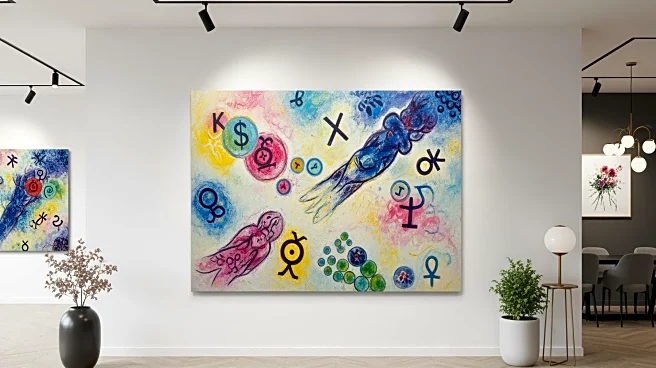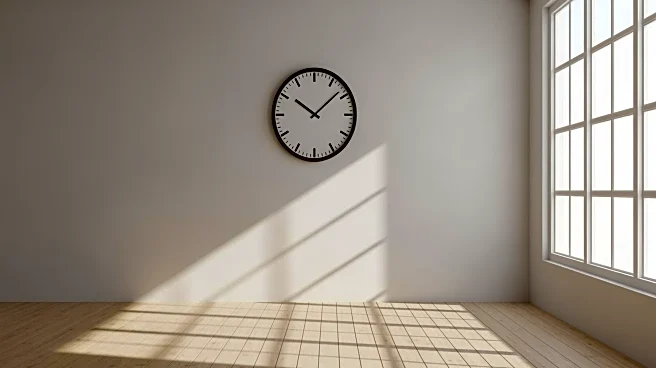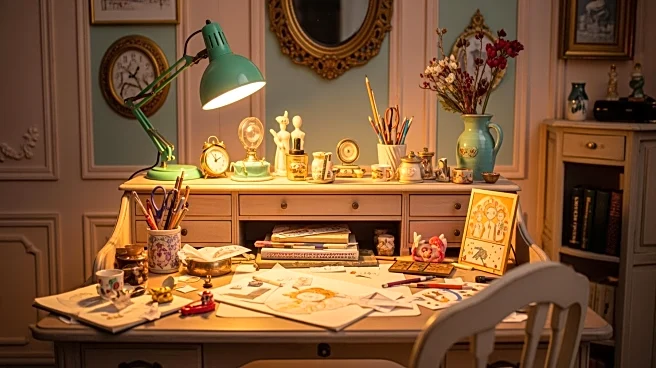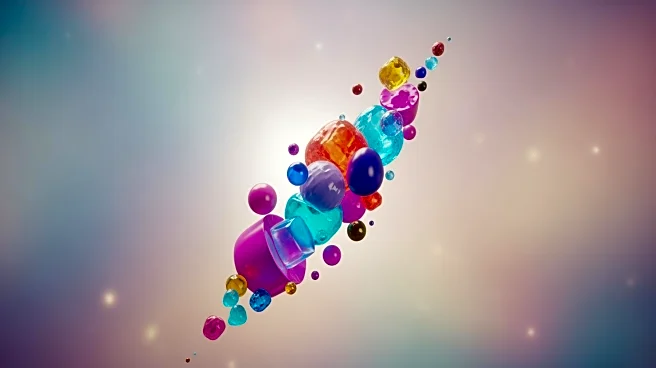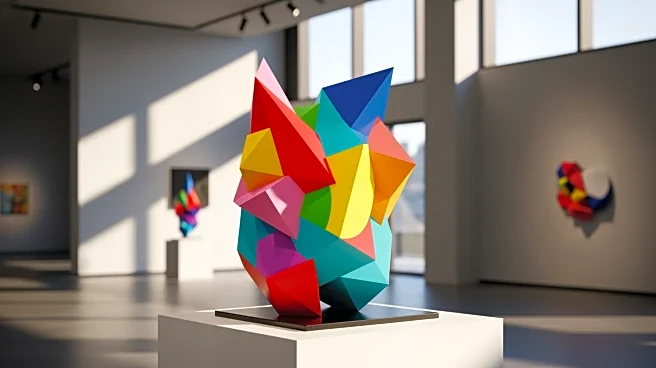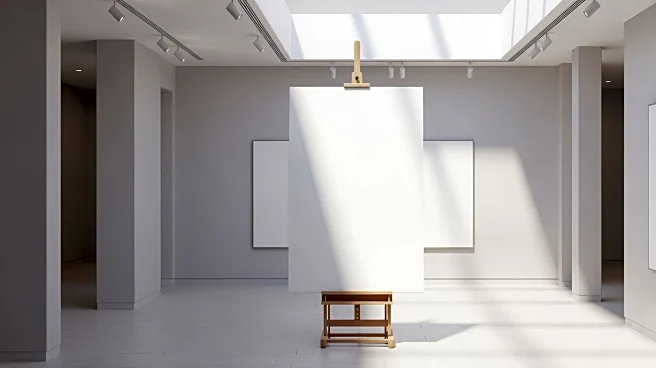What's Happening?
Galerie Taménaga has inaugurated a new three-level headquarters in Minami-Aoyama, Tokyo, marking a significant expansion in its gallery footprint. This move comes after fifty-six years in the Ginza district,
with the new location designed to accommodate a broader range of exhibitions. The gallery's new space includes a ground floor for contemporary art, a second floor for modern masters, and a basement exhibition area, creating a vertical campus that facilitates diverse artistic dialogues. The opening is celebrated with an exhibition titled 'Marc Chagall: 40 Years in Remembrance,' featuring around thirty works by the artist, commemorating the 40th anniversary of his passing.
Why It's Important?
The relocation and expansion of Galerie Taménaga's headquarters in Tokyo is a pivotal development for the city's art scene, offering increased opportunities for both contemporary and modern art exhibitions. This move underscores the gallery's commitment to fostering dialogue between different artistic eras and practices, enhancing cultural exchange and collaboration. By providing a space that bridges historical and contemporary art, the gallery strengthens its role as a cultural catalyst, potentially attracting more visitors and collaborations with artists and institutions globally.
What's Next?
With the new headquarters, Galerie Taménaga is poised to host more ambitious exhibitions and programming, potentially drawing increased international attention and partnerships. The gallery's focus on integrating contemporary and modern art may lead to new collaborations with artists and collectors, further enriching Tokyo's cultural landscape. The ongoing exhibition of Marc Chagall's works sets a precedent for future shows that blend historical significance with contemporary relevance.
Beyond the Headlines
The gallery's expansion reflects broader trends in the art world, where institutions are increasingly seeking to create spaces that encourage cross-cultural and cross-temporal dialogues. This approach not only enhances the visitor experience but also contributes to the evolving narrative of art history, where past influences are continuously reinterpreted in the context of present-day artistic practices.


